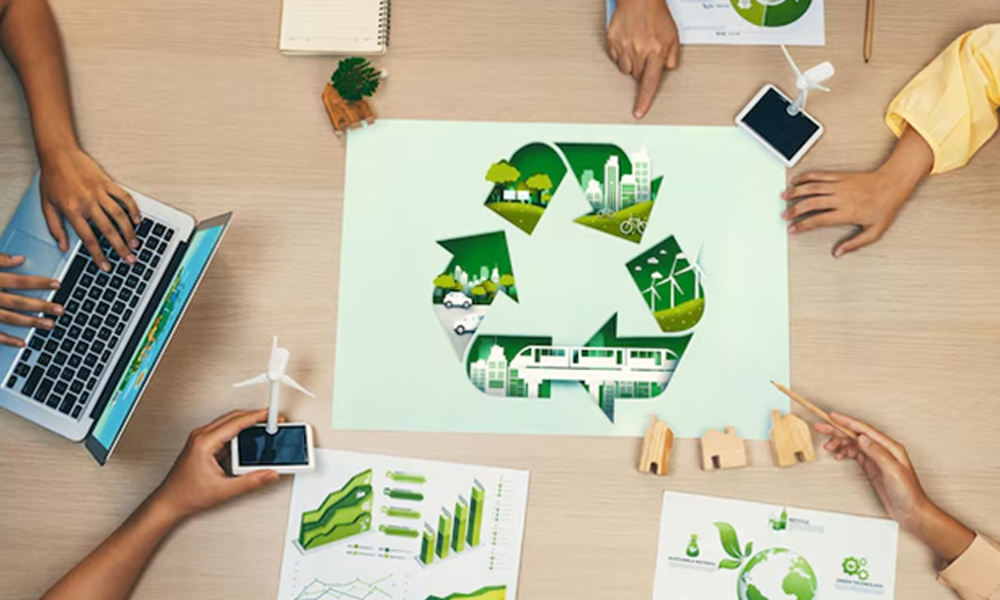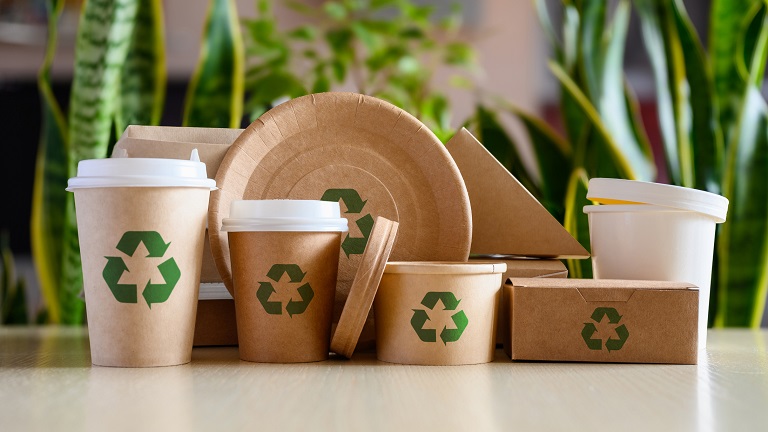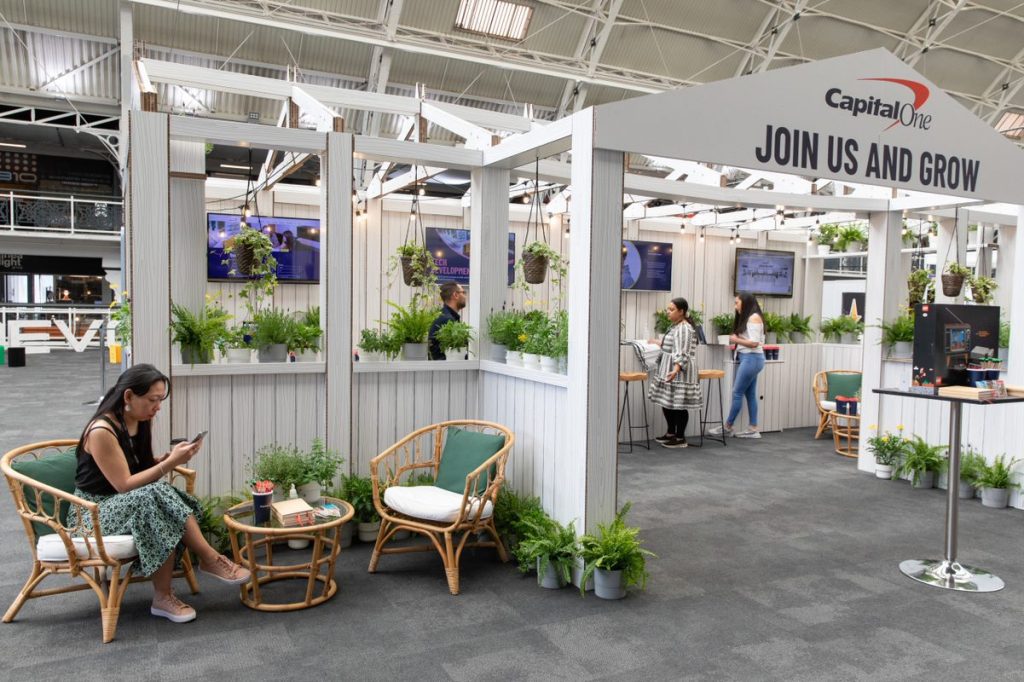In the modern world, where environmental consciousness is at the forefront of many discussions, adopting a waste free graphic design approach is not just a trend but a necessity. Graphic designers are in a unique position to influence change by incorporating sustainable practices into their work. By doing so, they contribute to reducing the environmental footprint of their designs.

Why Choose Waste Free Graphic Design?
Choosing to implement waste free graphic design practices is a decision that aligns with global efforts to minimize waste and conserve resources. Designers have the power to create visually appealing work without compromising the planet’s health. This approach involves thoughtful decision-making about materials, processes, and even the digital aspects of design.
The Environmental Impact of Traditional Graphic Design
Traditional graphic design often relies on processes that generate significant waste, from paper and ink to energy consumption. By adopting a waste free graphic design mindset, designers can help alleviate these impacts. For instance, choosing recycled paper, soy-based inks, and energy-efficient technologies can substantially reduce a design’s carbon footprint.
Incorporating Sustainability in Design
Incorporating sustainability into your design workflow involves several key practices. One way is by utilizing digital platforms to reduce the need for printed materials. Additionally, selecting eco-friendly materials and partners, such as those with green printing certifications, can further enhance your commitment to sustainability.
Best Practices for Waste Free Graphic Design
Adopting waste free graphic design practices requires dedication and a willingness to explore new methods. Here are some best practices to consider:
Utilize Digital Media
One of the simplest ways to reduce waste is by prioritizing digital media over printed materials. This not only cuts down on paper waste but also allows for greater flexibility in design updates and distribution.
Select Sustainable Materials
Choosing sustainable materials is crucial in reducing environmental impact. Opt for recycled paper, biodegradable inks, and materials that are certified by environmental organizations. This not only supports the environment but also resonates with eco-conscious clients.
Partner with Eco-Friendly Printers
Working with eco-friendly printers ensures that your designs are produced with minimal environmental impact. These printers often utilize renewable energy sources and sustainable practices throughout the printing process.
The Role of Technology in Waste Free Graphic Design
Technology plays a significant role in enabling waste free graphic design. Software tools that facilitate efficient design processes and digital distribution can significantly reduce reliance on physical materials. Moreover, advancements in digital printing technology allow for high-quality outputs with reduced waste.
Adopting Cloud-Based Solutions
Cloud-based solutions offer numerous advantages for designers seeking to minimize waste. By storing and sharing files digitally, designers can reduce the need for physical copies and streamline collaboration processes.
Embracing Virtual Collaboration
Virtual collaboration tools enable teams to work together seamlessly, regardless of location. This reduces the need for travel and printed materials, further supporting waste reduction efforts.
Case Studies in Waste Free Graphic Design
Several companies have successfully implemented waste free graphic design practices, setting an example for others to follow. These case studies showcase the potential for significant waste reduction and environmental benefits.
Company A: A Digital-First Approach
Company A shifted to a digital-first strategy, reducing its reliance on printed materials. By utilizing digital platforms for marketing and client communications, they significantly decreased paper waste and improved efficiency.
Company B: Sustainable Partnerships
Company B focused on forming partnerships with sustainable suppliers and sustainable packaging printing companies. This not only reduced their environmental impact but also enhanced their brand reputation among eco-conscious consumers.
Challenges and Solutions in Waste Free Graphic Design
While the benefits of waste free graphic design are clear, there are challenges to consider. However, with the right strategies and mindset, these challenges can be effectively addressed.
Overcoming Resistance to Change
One common challenge is resistance to change. Educating clients and stakeholders about the benefits of sustainable design can help overcome this hurdle. Demonstrating cost savings and environmental impact can be persuasive arguments for adopting waste-free practices.
Balancing Cost and Sustainability
Another challenge is balancing cost with sustainability. While sustainable materials may sometimes be more expensive, the long-term benefits often outweigh the initial investment. Additionally, as demand for eco-friendly options increases, costs are likely to decrease.
Future Trends in Waste Free Graphic Design
The future of waste free graphic design looks promising, with emerging trends and technologies paving the way for even more sustainable practices. Staying informed about these trends can help designers stay ahead of the curve.
Innovations in Eco-Friendly Materials
Ongoing research and development in eco-friendly materials are leading to innovative solutions for graphic designers. From biodegradable plastics to plant-based inks, these materials offer exciting possibilities for reducing waste.
Advancements in Digital Printing
Digital printing technology continues to evolve, offering higher quality outputs with reduced waste. This trend is likely to continue, making digital printing an increasingly attractive option for sustainable design projects.
Conclusion: Embracing Waste Free Graphic Design
Embracing waste free graphic design is not only an ethical choice but also a strategic one. By prioritizing sustainability, designers can create impactful work that resonates with clients and consumers alike. As the demand for eco-friendly solutions continues to grow, those who adopt these practices early will be well-positioned for success.

FAQs about Waste Free Graphic Design
What is waste free graphic design?
Waste free graphic design involves creating designs while minimizing waste and environmental impact. This includes using sustainable materials, digital platforms, and eco-friendly processes.
How can I make my graphic design projects more sustainable?
To make your projects more sustainable, consider using recycled materials, digital media, and partnering with eco-friendly printing companies. Educating clients about the benefits of sustainable design can also support this effort.
Why is sustainable graphic design important?
Sustainable graphic design is important because it helps reduce environmental impact, conserves resources, and meets the growing demand for eco-friendly solutions. It also aligns with global efforts to promote sustainability and responsible consumption.
This article contains affiliate links. We may earn a commission at no extra cost to you.







